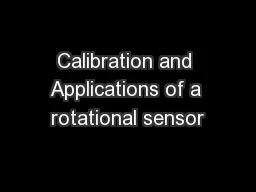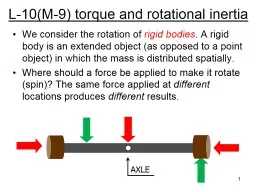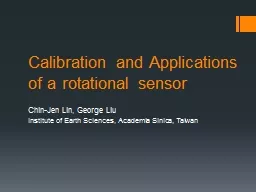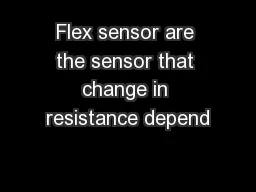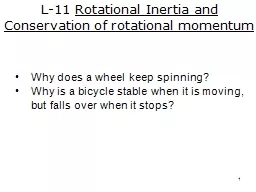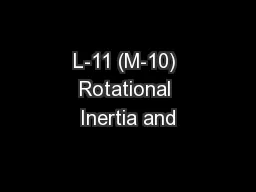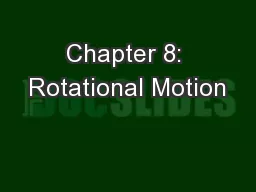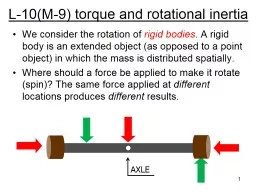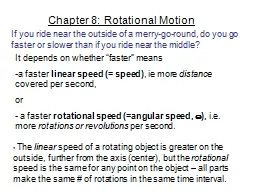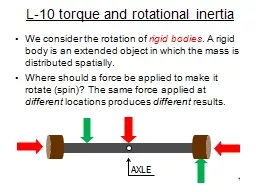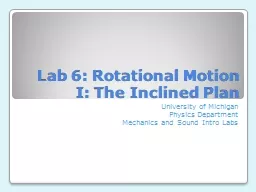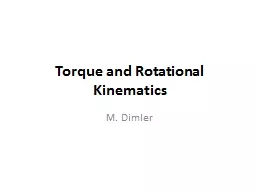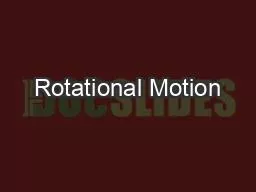PPT-Calibration and Applications of a rotational sensor
Author : stefany-barnette | Published Date : 2015-11-02
ChinJen Lin George Liu Institute of Earth Sciences Academia Sinica Taiwan Outlines Calibration of the following rotational sensors R1 R2 Two applications to
Presentation Embed Code
Download Presentation
Download Presentation The PPT/PDF document "Calibration and Applications of a rotati..." is the property of its rightful owner. Permission is granted to download and print the materials on this website for personal, non-commercial use only, and to display it on your personal computer provided you do not modify the materials and that you retain all copyright notices contained in the materials. By downloading content from our website, you accept the terms of this agreement.
Calibration and Applications of a rotational sensor: Transcript
Download Rules Of Document
"Calibration and Applications of a rotational sensor"The content belongs to its owner. You may download and print it for personal use, without modification, and keep all copyright notices. By downloading, you agree to these terms.
Related Documents

